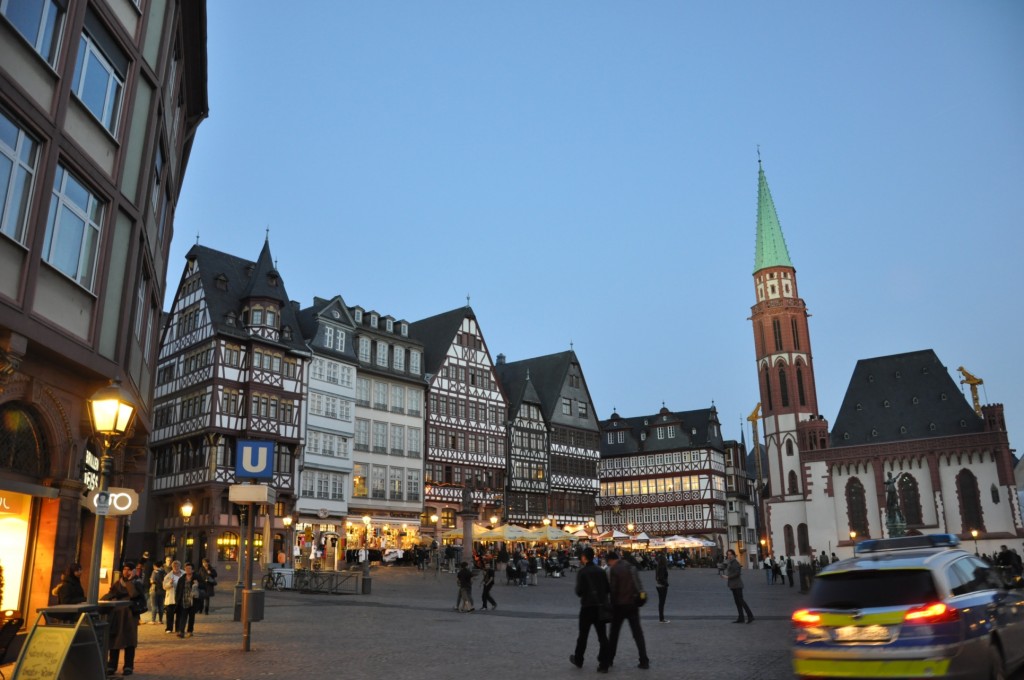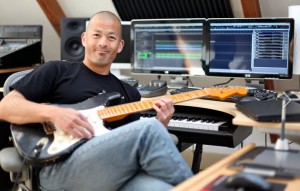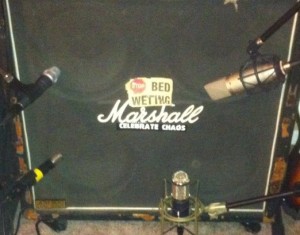 [Click on any picture for higher resolution] For the last couple of weeks I have been writing about how I’ve been building custom acoustic treatment panels for my new project studio which is running SONAR X1 Producer Expanded. I started with the sound cloud over the mix position and then showed how I basically cut out all the corners of my room (a square room unfortunately for me) by building corner traps. This week I’ll dive into probably the most important component; the wall panels.
[Click on any picture for higher resolution] For the last couple of weeks I have been writing about how I’ve been building custom acoustic treatment panels for my new project studio which is running SONAR X1 Producer Expanded. I started with the sound cloud over the mix position and then showed how I basically cut out all the corners of my room (a square room unfortunately for me) by building corner traps. This week I’ll dive into probably the most important component; the wall panels.
 The wall panels are really important for me for a few reasons. (1.) They absorb the first sound reflection from the speakers so that the frequency waves are tamed down, and (2.) They absorb the sound in the room in general to control echo and reverberation. I do a bit of professional moonlighting work on the side including songwriting/production for ESPN Sports Center as well as other commercial stuff, so it’s important for me to have a controlled environment to listen to my mixes and productions on SONAR so that what I deliver is the real-deal. As I stated before, it’s pretty much impossible to create a perfect listening environment unless you are building a room from scratch (floating room, sound proofing inside the walls, etc…,) but it is possible to greatly improve your surroundings. In my own opinion, I think the way to look at it is to figure out what it is you are trying to accomplish before you purchase or build anything. I think some of the important questions to ask are:
The wall panels are really important for me for a few reasons. (1.) They absorb the first sound reflection from the speakers so that the frequency waves are tamed down, and (2.) They absorb the sound in the room in general to control echo and reverberation. I do a bit of professional moonlighting work on the side including songwriting/production for ESPN Sports Center as well as other commercial stuff, so it’s important for me to have a controlled environment to listen to my mixes and productions on SONAR so that what I deliver is the real-deal. As I stated before, it’s pretty much impossible to create a perfect listening environment unless you are building a room from scratch (floating room, sound proofing inside the walls, etc…,) but it is possible to greatly improve your surroundings. In my own opinion, I think the way to look at it is to figure out what it is you are trying to accomplish before you purchase or build anything. I think some of the important questions to ask are:
*How much can I afford to put into the project?
*Is it important for the place to look professional?
*Will a vibed-out room make you or whoever is using the room feel more creative?
*What are the basic sonic trouble elements to the room?
*Will the room be used for mixing or recording?
*What genre of music will the room be used for (i.e.> Hip-hop with a lot of low end, Jazz, etc…) Continue reading “How Building Cost Effective Acoustic Treatment for the Music Studio Will Help Your Music Production; Part 3: Wall Panels”











